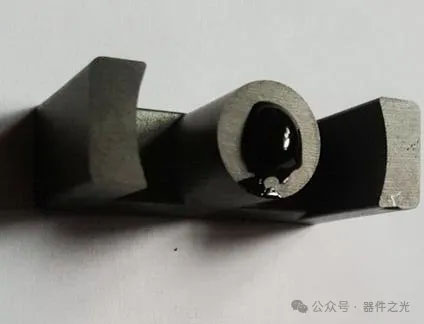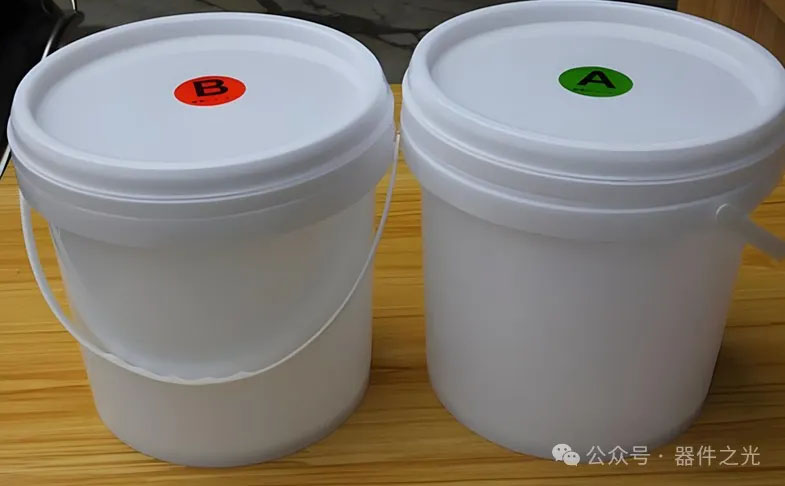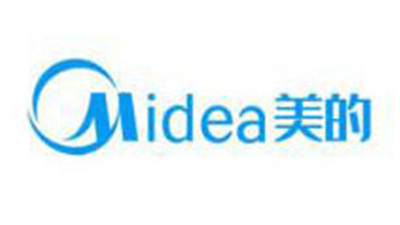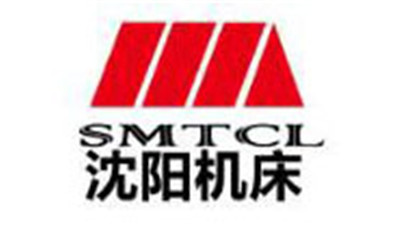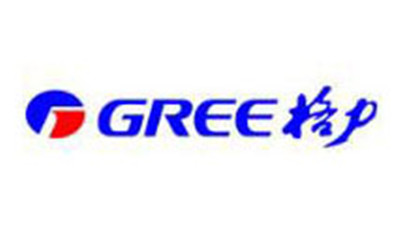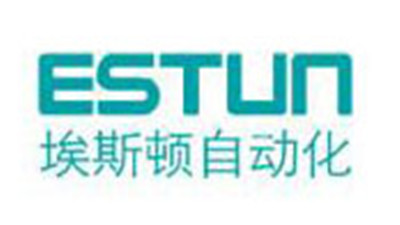Original: Light of Devices
We already know that the function of edge pillar glue and skeleton glue is to fix, so they both use hard glue, mostly epoxy glue. Commonly used epoxy glue includes single component and two-component. Single component refers to the supplier pre preparing the adhesive body and curing agent, usually requiring refrigeration to prevent curing at room temperature and reduce its performance. The two-component adhesive consists of the main body of the glue and the curing agent, which can be stored at room temperature. However, it needs to be mixed evenly according to the specified ratio, otherwise it may not dry properly.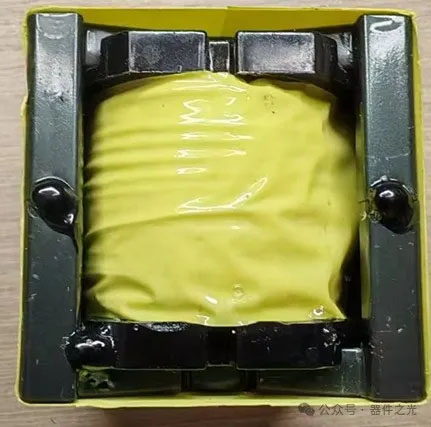
Many years ago, the price of single component adhesives was higher, while the price of two-component adhesives was lower. Many manufacturers prioritize the use of two-component adhesives due to cost considerations, but they are prone to baking failure due to incorrect proportions or uneven mixing. In recent years, the price of single component adhesives has gradually decreased, while two-component adhesives have almost lost their price advantage. Most manufacturers mainly use single component adhesives. However, edge pillar dispensing is divided into end face dispensing and joint dispensing, and the adhesives used in these two processes are different. The adhesive used for end face dispensing is applied to the bonding surface of the magnetic core assembly, with high requirements for the particle size of the adhesive. If the particle size of the glue is too coarse, it is equivalent to indirectly increasing the air gap of the transformer, directly affecting the inductance of the transformer.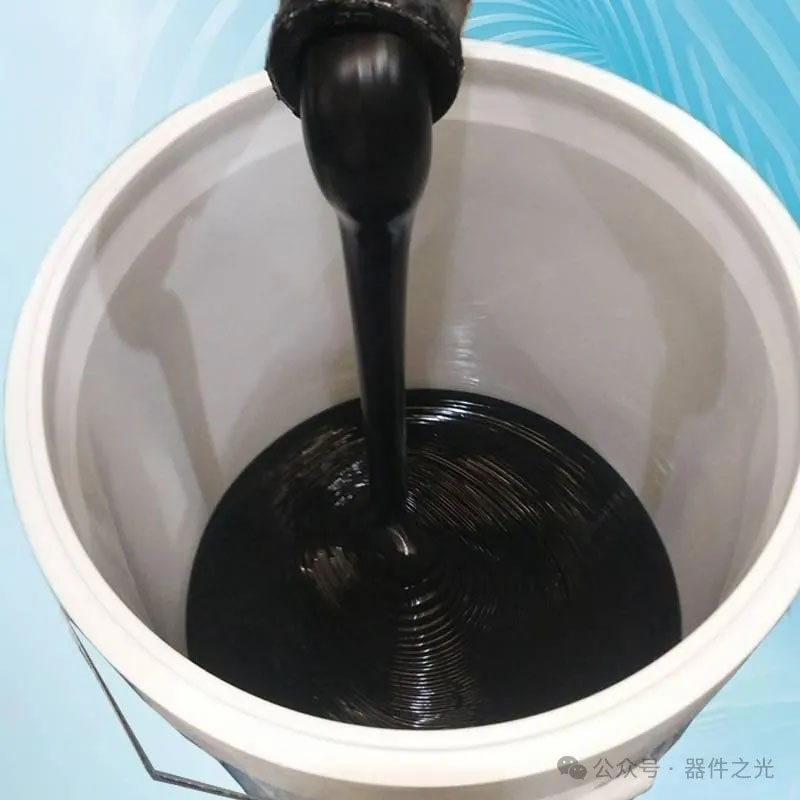
Secondly, when applying adhesive on the end face, attention should also be paid to the hardness of the glue. The magnetic core area coated with adhesive on the end face is relatively large. If the adhesive solidifies and has high hardness and stress, it will directly cause the magnetic core to crack. Therefore, it is necessary to use adhesive with moderate hardness. For dispensing glue at the junction of edge pillars, the requirements for the glue itself are not as high. However, attention should be paid to the fullness of the edge pillar adhesive, otherwise it cannot form effective tension on the magnetic core, and the inductance of the transformer is prone to drop during high temperature aging. The dispensing of glue on the center pillar is to reduce noise, and soft glue is used. It is necessary to control the dispensing amount reasonably. If too much glue is dispensed, it can easily cause the glue to expand after baking and affect the inductance; If the dispensing amount is too small, the dispensing effect cannot be achieved. In terms of actual usage, it is advisable to use 2/3 to 3/4 of the volume of the air gap for dispensing the central column.
Generally speaking, transformer factories require the highest amount of edge column adhesive and center column adhesive, but the adhesives used for these two are different and easily confused. Therefore, it is best to use two colors to distinguish between them to avoid using the wrong ones. Peripheral dispensing is mainly used for end customers to inject glue into the interior of the transformer, and the requirements are relatively low. Soft glue is generally used as the adhesive, which can reduce the pulling force on the magnetic core after the glue solidifies. Natural air drying type can be used to reduce the production process and cost of transformers. It must be noted that all adhesives belong to chemicals and have shelf life requirements. Adhesive properties that exceed the shelf life will decrease, and it is not recommended to use them again.
As for the entire transformer dispensing process, if baking is required, it is important to pay close attention to the temperature and time of baking to ensure that the glue is completely cured and achieves the maximum effect. The conventional glue baking temperature is 100-120 ℃, and the time should be controlled within 0.5-1 hour.
Post time: Oct-15-2024

